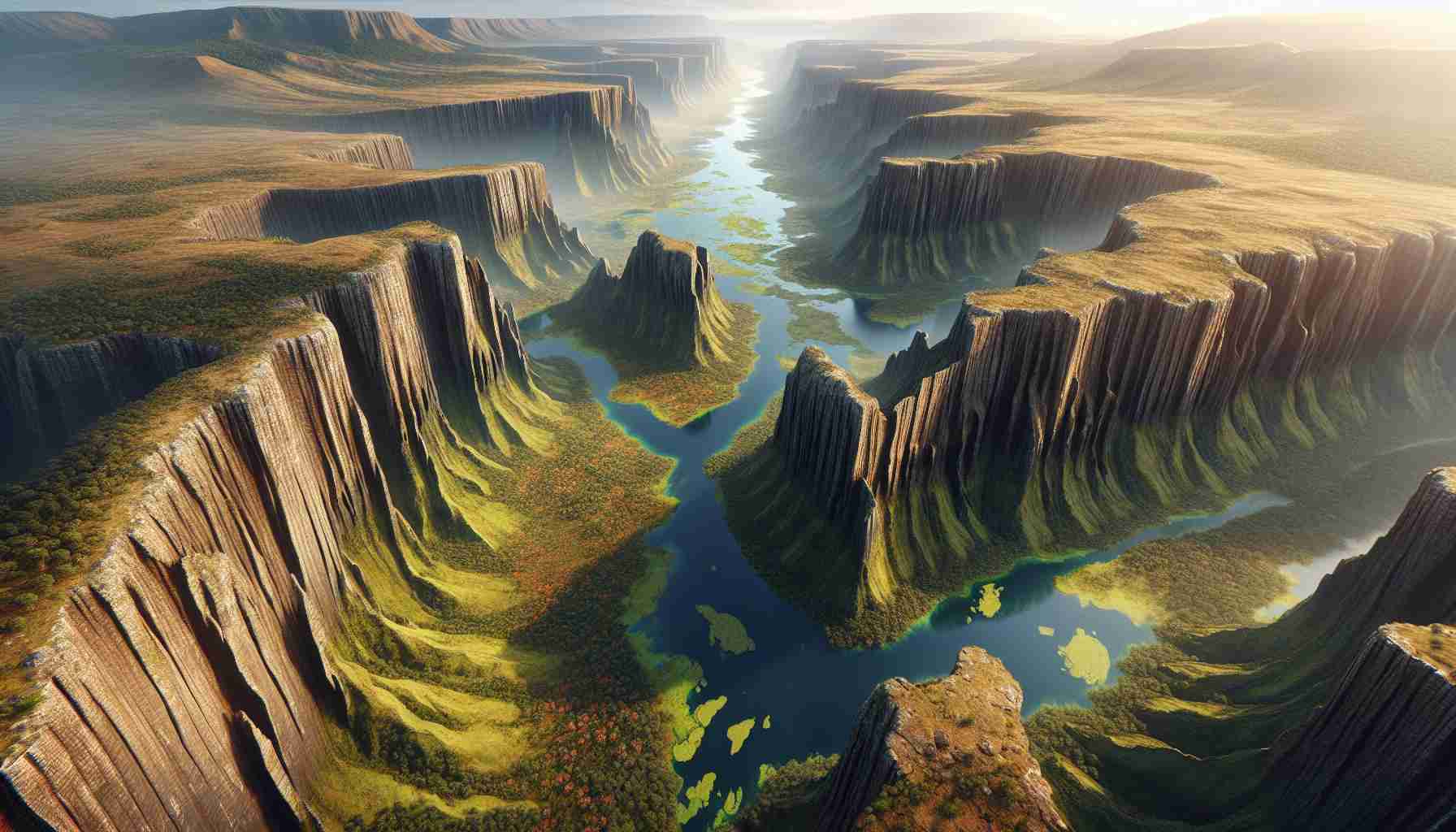The formation of the East African Rift is a remarkable phenomenon, resulting from the movement of three tectonic plates: the Nubian, Somali, and Arabian plates. As these plates separate from each other, they create spaces filled with molten rocks from the Earth’s mantle. This geological activity gives rise to the birth of a new crust and the formation of volcanoes.
The East African Rift stretches across a vast region of the African continent, primarily traversing Ethiopia, Kenya, Tanzania, and Mozambique. It is an evolving landscape constantly shaped by the forces beneath the Earth’s surface. While it may go unnoticed to the untrained eye, this rift is an awe-inspiring testament to the dynamic nature of our planet.
As the Nubian, Somali, and Arabian plates diverge, immense tension builds up along their boundaries. This tension is released through volcanic eruptions, as molten rock, or magma, wells up from the Earth’s interior. These eruptions have birthed a multitude of stunning volcanic features, such as the towering Mount Kilimanjaro and the dramatic Ol Doinyo Lengai, both gracing the East African Rift.
The rift also exhibits a variety of other geological marvels. Enormous lakes, such as Lake Tanganyika and Lake Turkana, occupy the deep depressions formed by the rift. These vast bodies of water teem with life and serve as crucial ecosystems, supporting diverse species of fish and providing sustenance to neighboring communities.
Beyond its geologic significance, the East African Rift is deeply entwined with human history and culture. Ancient fossils, including those of our early hominid ancestors, have been preserved within the rift’s sedimentary layers, unraveling the story of our origins. The rift’s geothermal activity also holds promise for renewable energy sources, providing a potential solution for the region’s energy needs.
In conclusion, the East African Rift is a captivating testament to the ongoing geologic processes shaping our planet. Its formation through the movement of tectonic plates and the subsequent creation of new crust and volcanoes highlights the dynamic nature of our Earth. Beyond its geological importance, the rift bears cultural and historical significance, holding clues to our past and offering solutions for our future. The East African Rift is a true marvel, captivating scientists and visitors alike with its ever-changing landscape and rich tapestry of life.
Frequently Asked Questions about the East African Rift:
1. What causes the formation of the East African Rift?
The East African Rift is formed by the movement of three tectonic plates: the Nubian, Somali, and Arabian plates. As these plates diverge, spaces are created that fill with molten rocks from the Earth’s mantle, leading to the birth of new crust and the formation of volcanoes.
2. Where is the East African Rift located?
The East African Rift spans a vast region of the African continent, primarily traversing countries such as Ethiopia, Kenya, Tanzania, and Mozambique.
3. What geological features are created by the East African Rift?
The East African Rift gives rise to various geological features, including volcanoes like Mount Kilimanjaro and Ol Doinyo Lengai. It also forms deep depressions occupied by enormous lakes such as Lake Tanganyika and Lake Turkana.
4. What is the significance of the lakes formed by the East African Rift?
The lakes formed by the East African Rift, like Lake Tanganyika and Lake Turkana, are crucial ecosystems supporting diverse species of fish and providing sustenance to neighboring communities.
5. How is the East African Rift connected to human history and culture?
The East African Rift has preserved ancient fossils, including those of our early hominid ancestors, offering insights into our origins. Additionally, the geothermal activity in the rift holds potential for renewable energy sources, addressing the region’s energy needs.
Definitions:
– Tectonic plates: Large sections of the Earth’s crust and upper mantle that move and interact with each other.
– Molten rock: Magma, the hot, liquid rock material found beneath the Earth’s surface.
– Geothermal activity: The heat from the Earth’s interior that can be harnessed for energy production.
Related links:
– National Geographic – Last Tracks of the African Rift Valley
– Encyclopedia Britannica – East African Rift Valley
– ScienceDaily – East African Rift System
The source of the article is from the blog maltemoney.com.br
